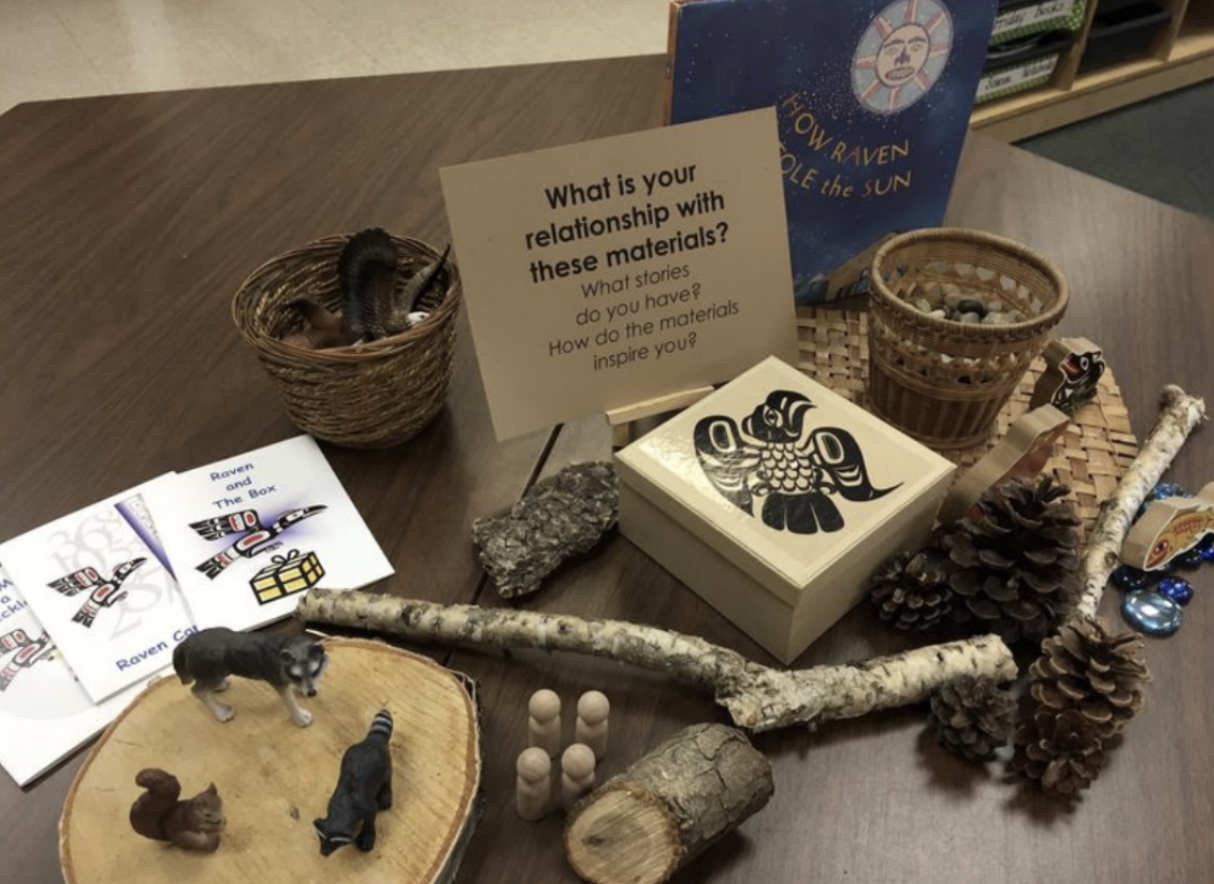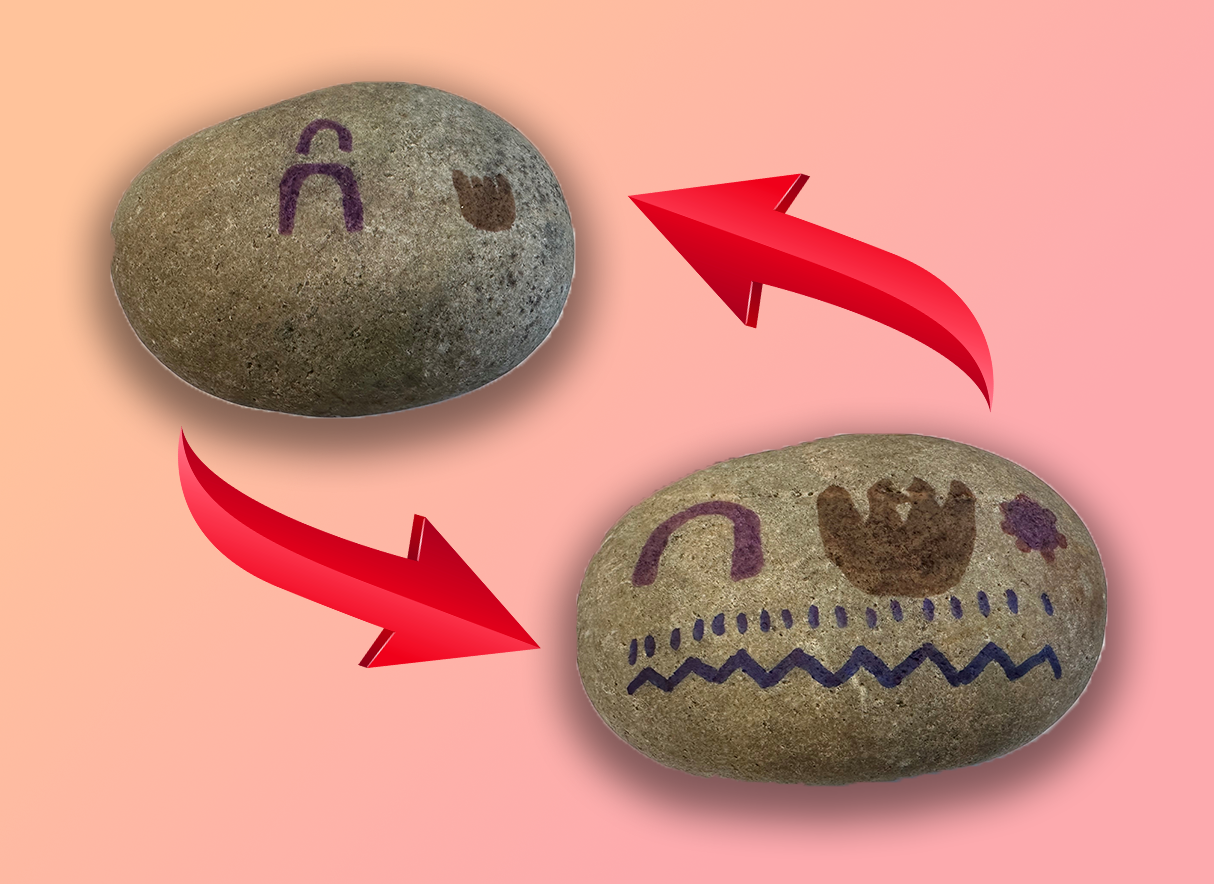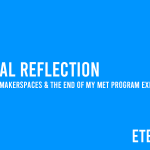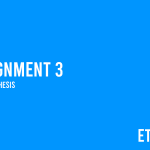PROVOCATION 1 – SEE, THINK, WONDER – CONNECTING TO THE LAND

Instruction: Examine the materials that you see in this picture (educators/leaders, you may choose to replicate these materials in person or choose some of your own specific, applicable, and important to you location). As you examine these artifacts and engage with this visual, take note of what you see and observe, what you think and what connections you can make to these objects, and what you wonder about these objects/what questions do you have as you experience these materials and artifacts.
MY THOUGHTS
The first connection to my own life that I see is the story “How Raven Stole the Sun”. This is one of the first stories that I remember hearing as a child that was read to me by a visiting family member from Campbell River. Seeing all of the other objects in the image, I can see how many relate to the story. Specifically, Raven put the Sun into a box to hide it away from the others which is the centerpiece in this image. The connection that was made by my family member to this story is that it can really be seen as so many different scenarios throughout our lives. At the time, the connection was made to talents and thoughts. You can choose to “steal” the talents that you were given and lock them up in a box, but they should be celebrated with others and shared.
From a maker mentality, I think it helps remind us that there are many wonderful objects in our world that we can (and often do) “steal” by putting them in our own personal boxes (our possessions). However, they are best to be shared with everyone and it is a thought process that we should all try to engage in! I am further reminded by this by the small detail of the salmon on the right side of the image and the colourful blue stones underneath it. The stones were placed there for a specific reason as I believe it is to emphasize the importance of natural habitats and respecting the environment since it is the home of all creatures. The salmon belongs in the water, and we must be respectful and thoughtful before removing it from its home. Therefore, we should be careful when we select resources and items to use in our spaces and only use what is absolutely necessary. Although creativity and iteration is important to the design process in these spaces, we should still try to be thoughtful when using our resources.
The piece on the bottom left with the squirrel, raccoon, and wolf standing together also reminded me of the importance of our world living in harmony. The three animals seem comfortable with the presence of each other, even though they could be seen as predators in the circle of life. I really felt like this connected with our readings as a reminder that we should be comfortable with everyone. No matter what our background, upbringing, or culture entails, we should be respectful of everyone and everything on our planet.
PROVOCATION 2 – AUTHENTIC VOICES AND STORYTELLING

Instruction: Listen to one of the following authentic Indigenous oral retellings and use the rocks and the symbols to recreate this story. Then create your own story based on your own culture, values, traditions, beliefs, and understandings. Compare and contrast your retold story and the story that you created. Choose a story from the many listed here to recreate using symbols and stones.
MY THOUGHTS
The story that I decided to listen to was the story of the Bear. In this story, a mother left her child unattended while picking berries and then came back to realize her child was gone. They searched for days for the child without any luck finding her. One night, the mother hears a voice outside by the river and finds the bear singing to her child. She is able to get her child back, and the bear is scared off back into the forest. The lesson shared in the story is to never leave a child unattended.
When I created the story on my rock, I mostly left it the same. The first side of the rock represents the idea of a child and mother together. When the rock is flipped, the child and mother are separated by a bear while they are near the river. The reasoning for my choice here is that the bear simply represents one of many things that may come between the mother and her child. The rock will continue to be flipped, and simply the symbol of the bear will change throughout their story of life. Therefore, instead of the lesson of this story being to never leave a child unattended, it turns into the lesson that no matter what comes between a child and their mother, they will always come back together.
When recreating this story, a simple bias could be that it reflects my own personal life. Although I can say for certain that no matter the small disagreements I could have with my own mother, I would always go back to her, I know for certain that this story may not be the same for others. I come from a place of privilege in terms of my family life and my personal life. Although I am Indigenous myself and am registered as a “Status Indian”, I have the appearance of a white male, and therefore I tend not to be believed when I share that information. From that perspective, I am treated differently than my other family members in Campbell River. My family life is solid, and I acknowledge that I am lucky to have a strong relationship with my family members. These facts alone have a huge influence on how my story is explained since my own bias about my family life directly relates to the story told on the rock.
One question that immediately came up was the origin and meaning behind the symbols that are available. I noticed when searching for some symbols that there were many different versions available for the same word (the child had a lot of variations). I was curious as to how different symbols hold different values for certain Indigenous peoples and, specifically, how the symbols were decided. Some symbols, such as the bear, are quite obvious and self-explanatory. However, the mother being shaped like a rainbow or the man being a line is what interested me. I am sure there are reasons behind each of these symbols, so I was curious about their origins and stories. This would be an area that I would further explore to understand why some symbols are displayed as they are.
Recreating a story that is not your own is, in my opinion, extremely dangerous. Growing up, I was always told the importance of storytelling by my Uncle when he would visit from Campbell River. I know how important the aspect of storytelling is, as it helps tradition spread and continues the stories that form our understanding of how we are connected to the earth. There is a story that has resonated with me (I forgot the name, though) about a fox that tells a story during a campfire. As the fox tells the story, every animal slowly gets up and leaves. When the fox finishes the story and opens their eyes, they notice that the only person left sitting and listening is the Elder. The Elder explains why everyone had left, and it was because the story told by the Fox was not a story that they had permission to tell. From this same perspective, the recreation of a story shares the same thought process, in my opinion. Stories are created and told by people to share experiences and knowledge, and the recreating of stories can cause the original stories to be lost or misunderstood.
I believe this was an excellent provocation since it helps to first understand and share a story, recreate it, and then reflect on where this recreation came from and the biases that can be implanted in it. This provocation specifically created opportunities for deep reflection, and I really appreciated it!






